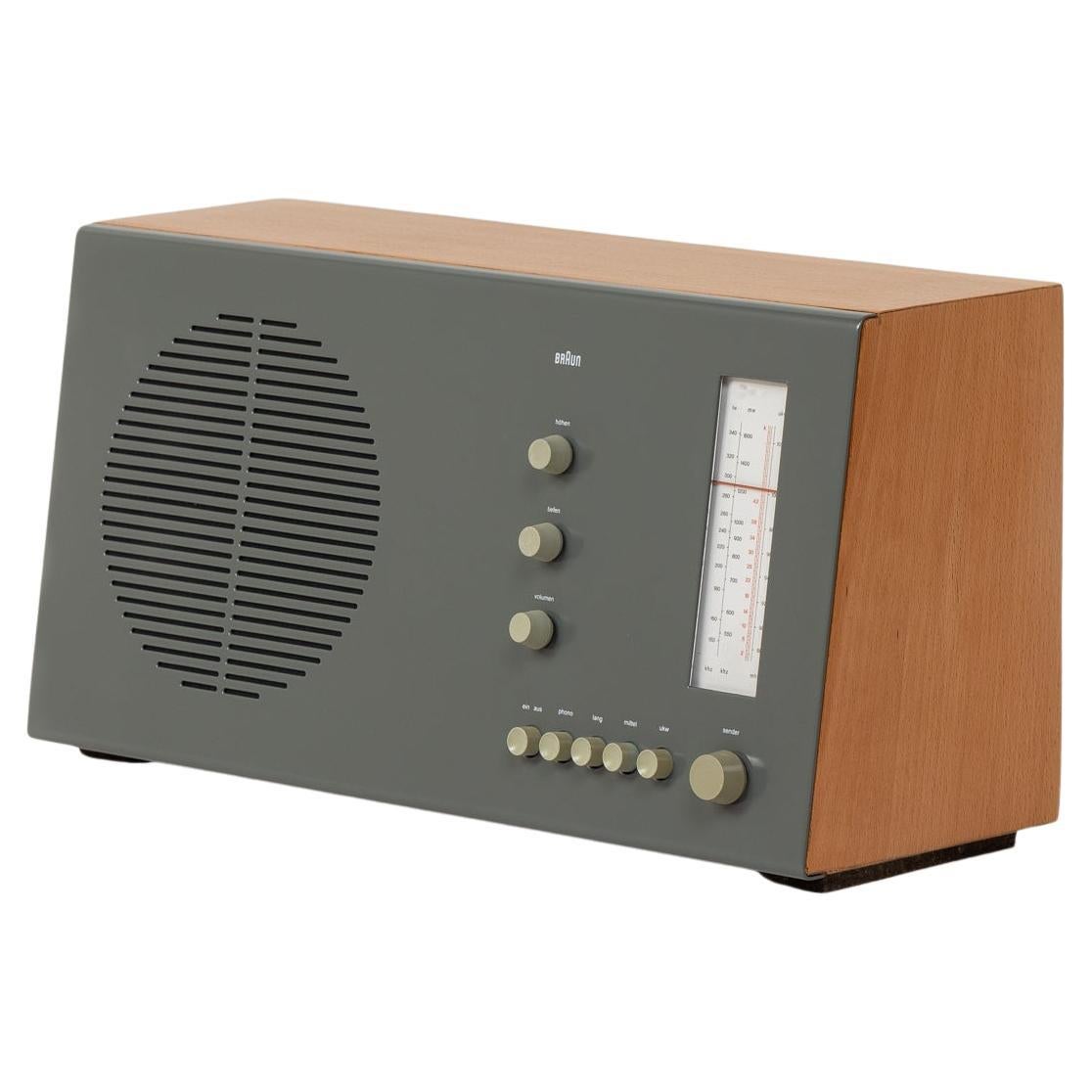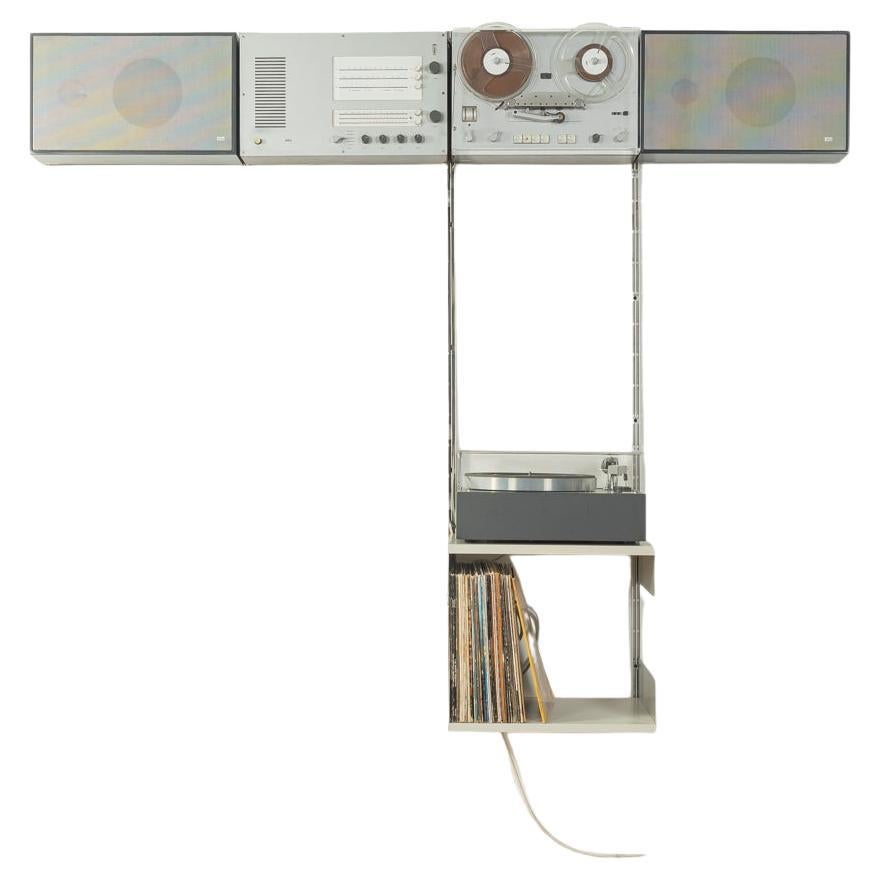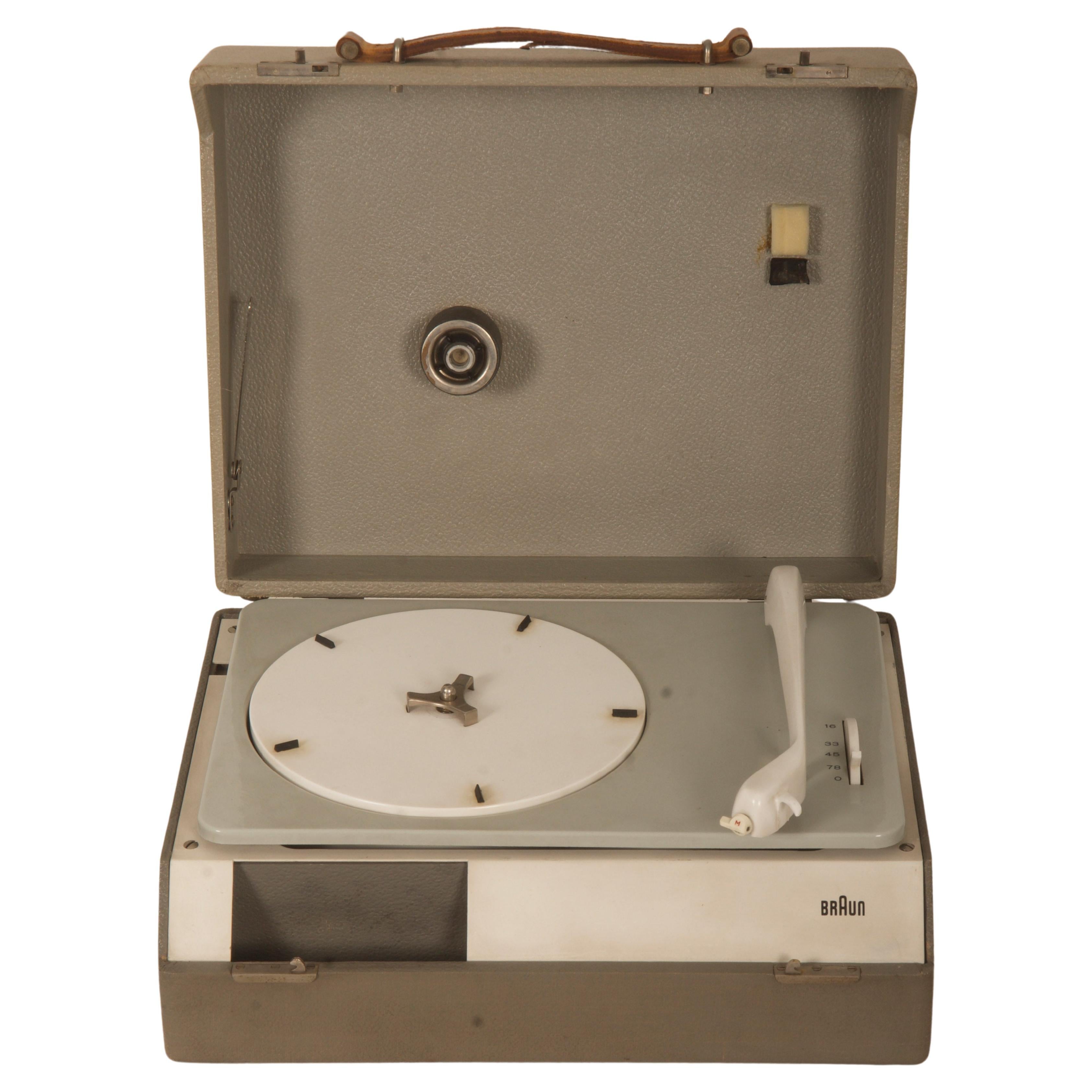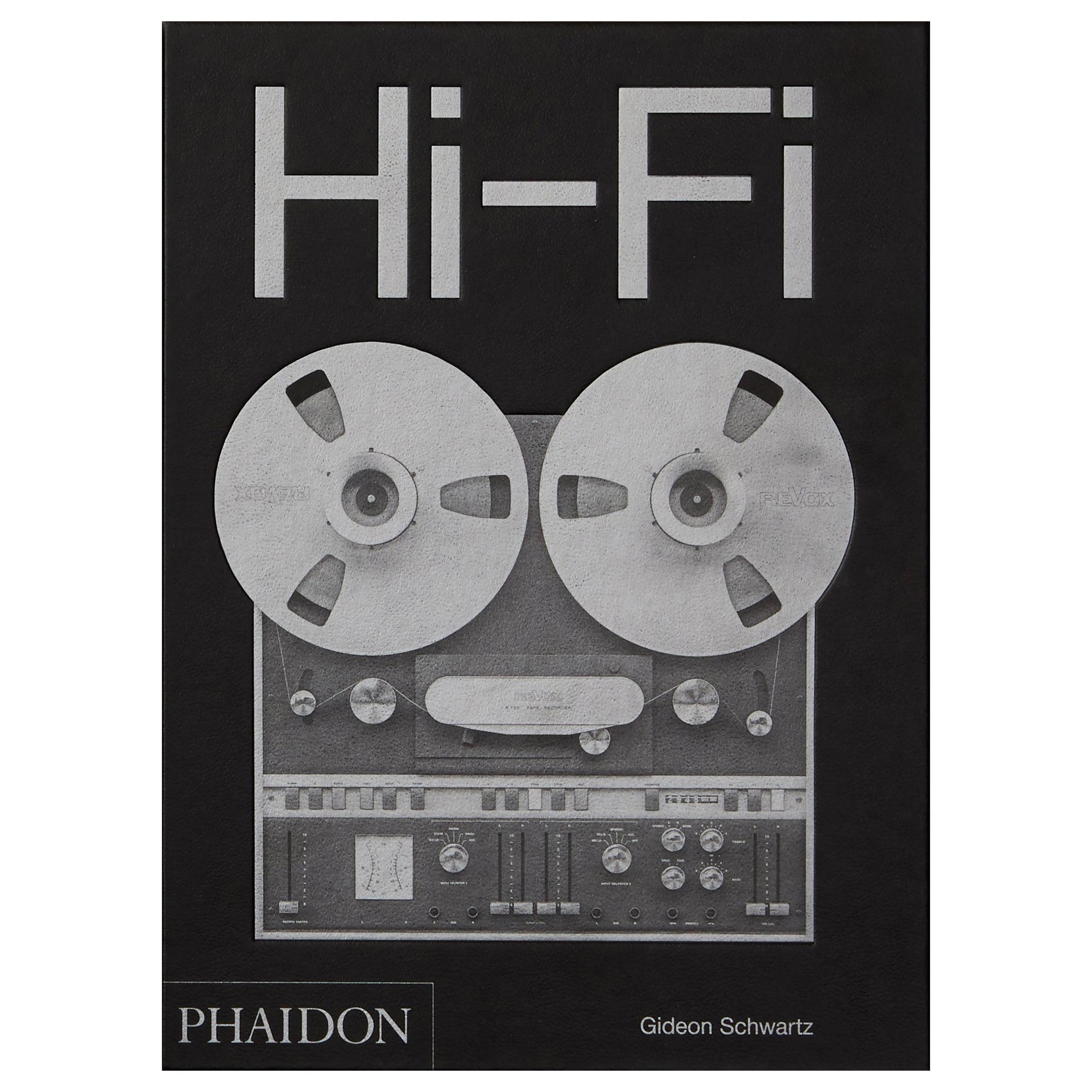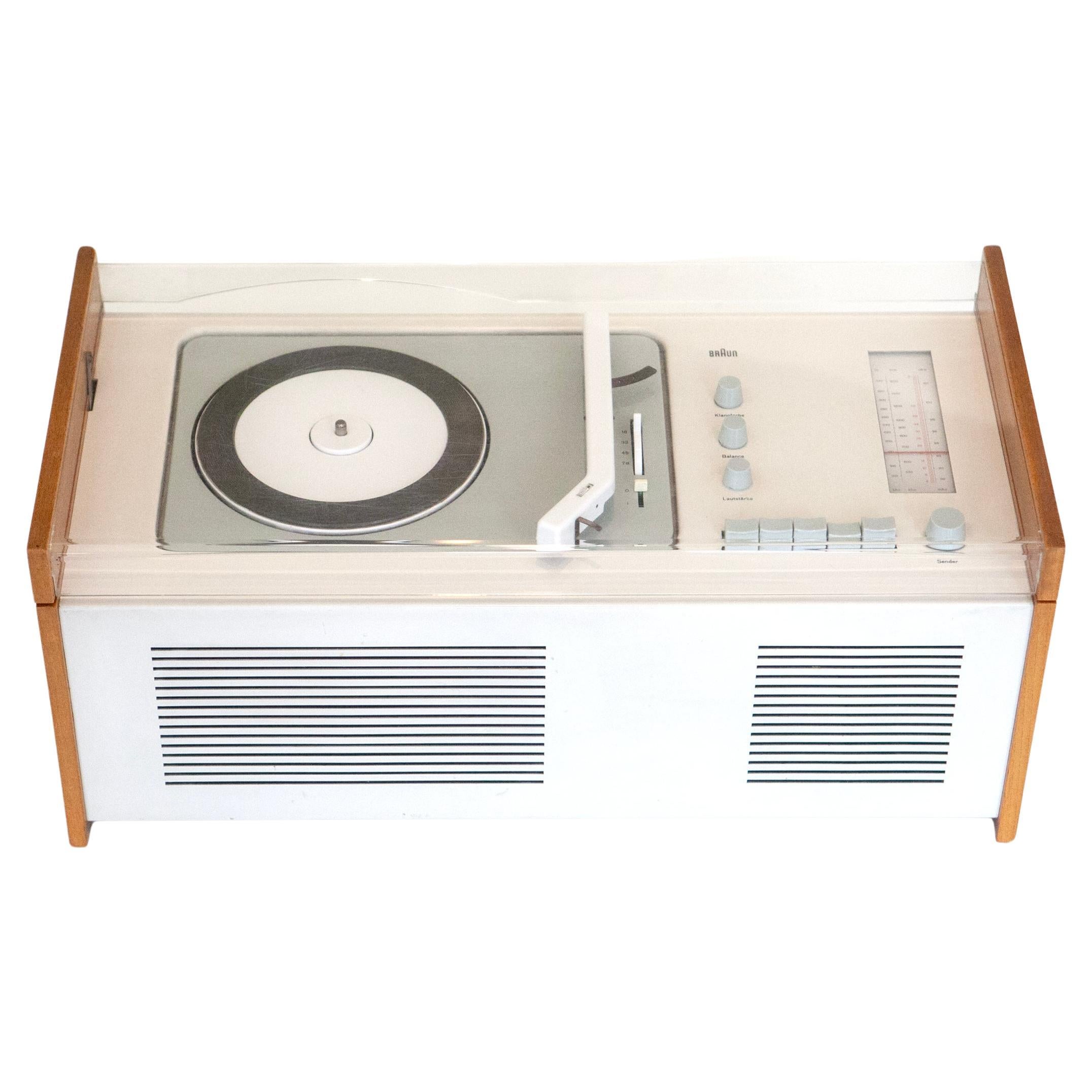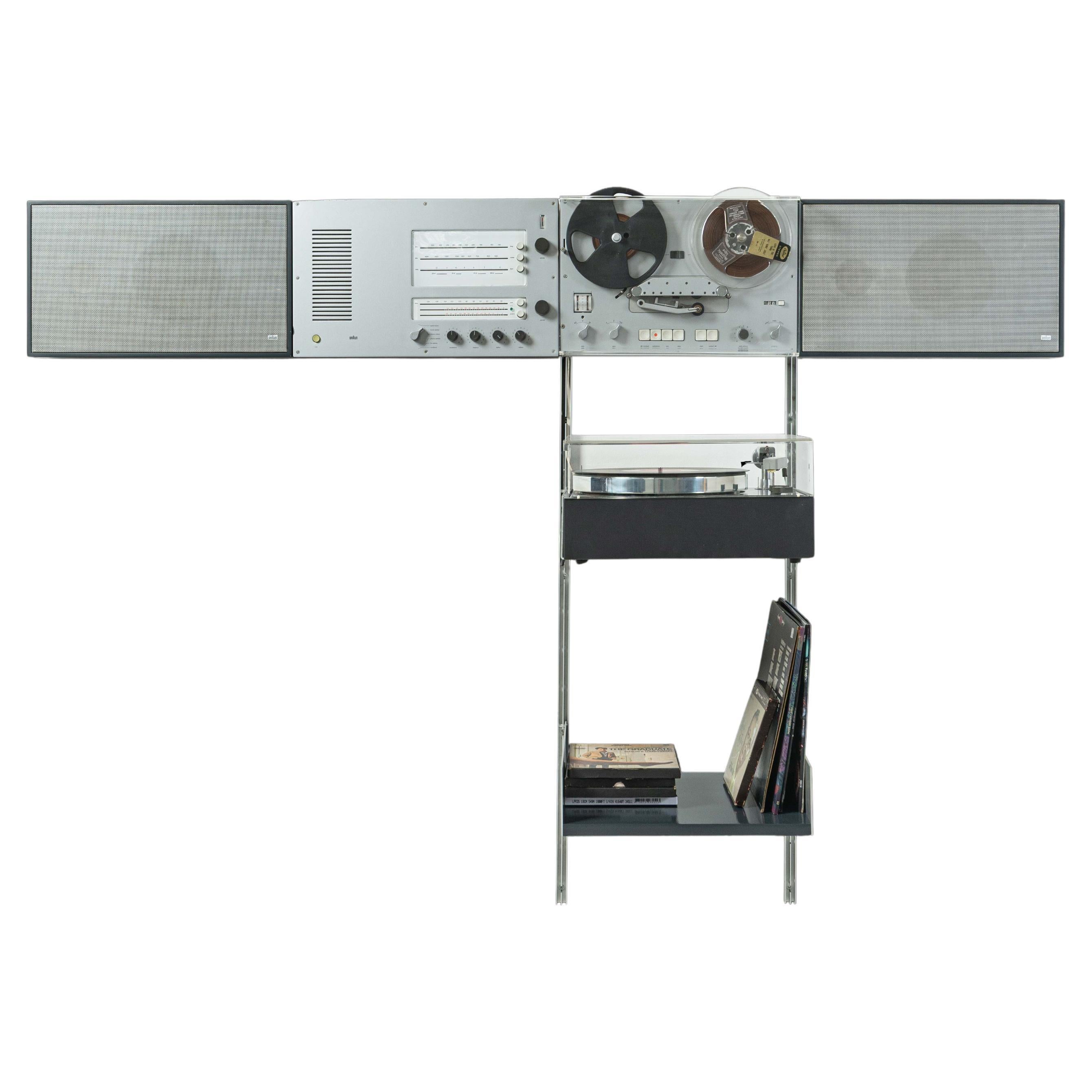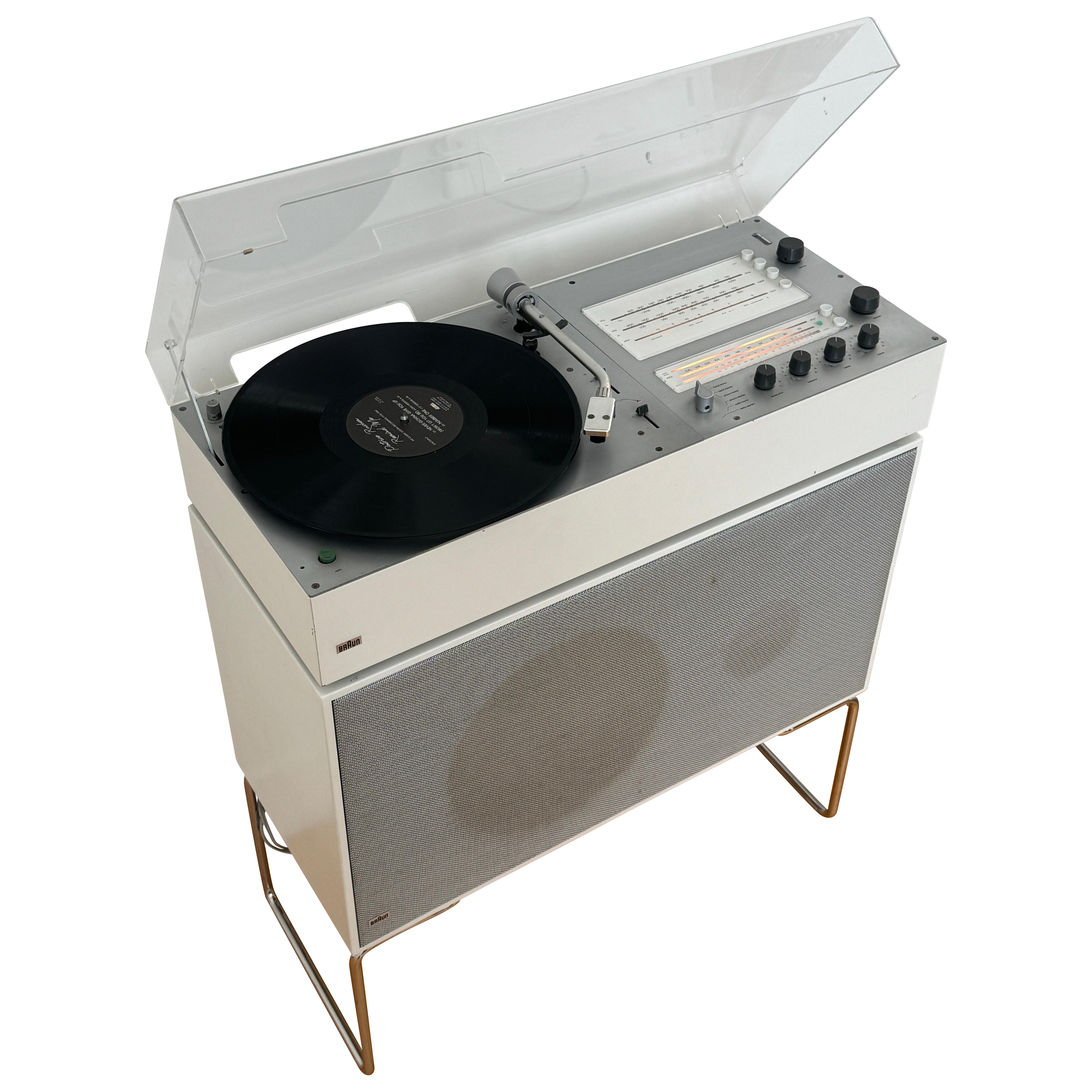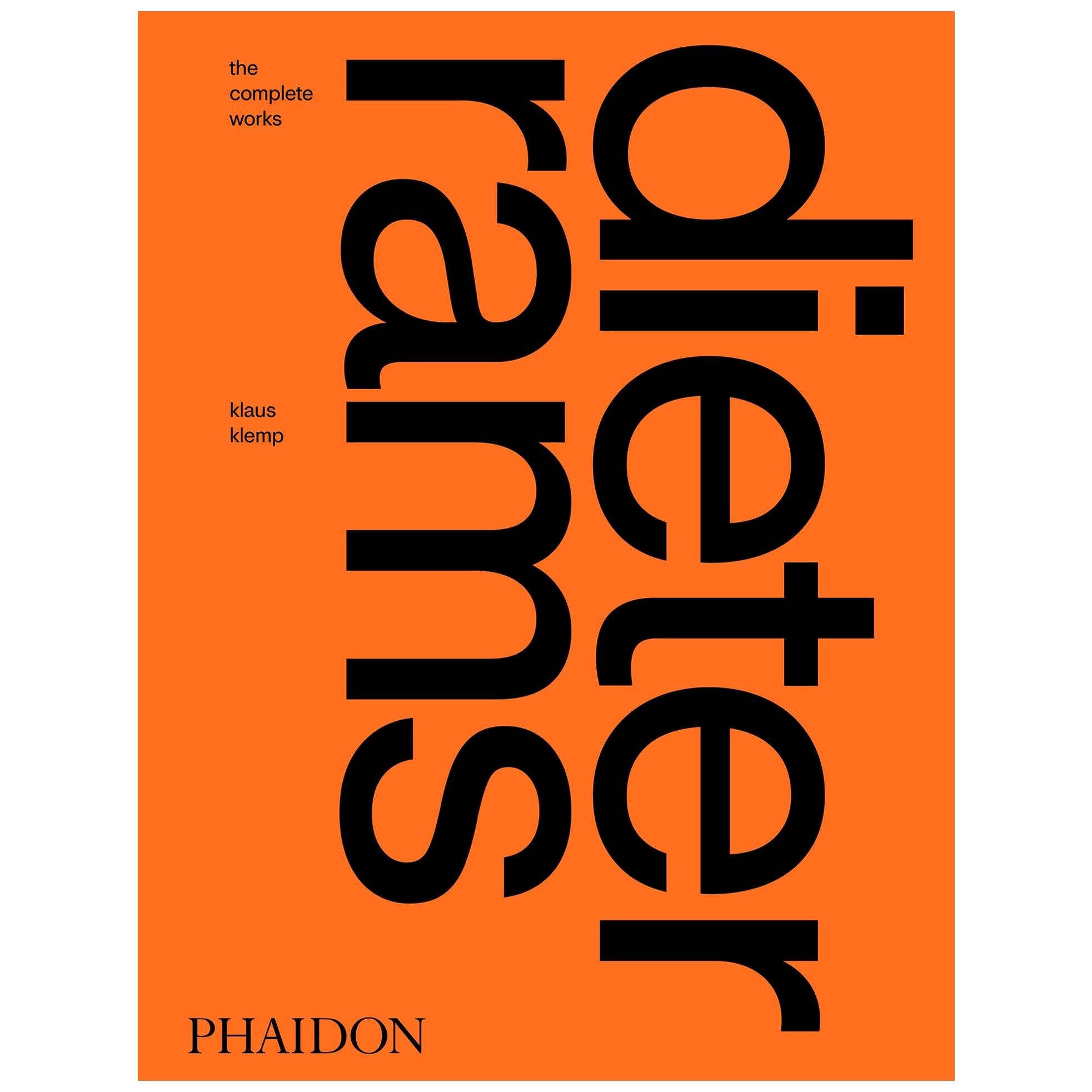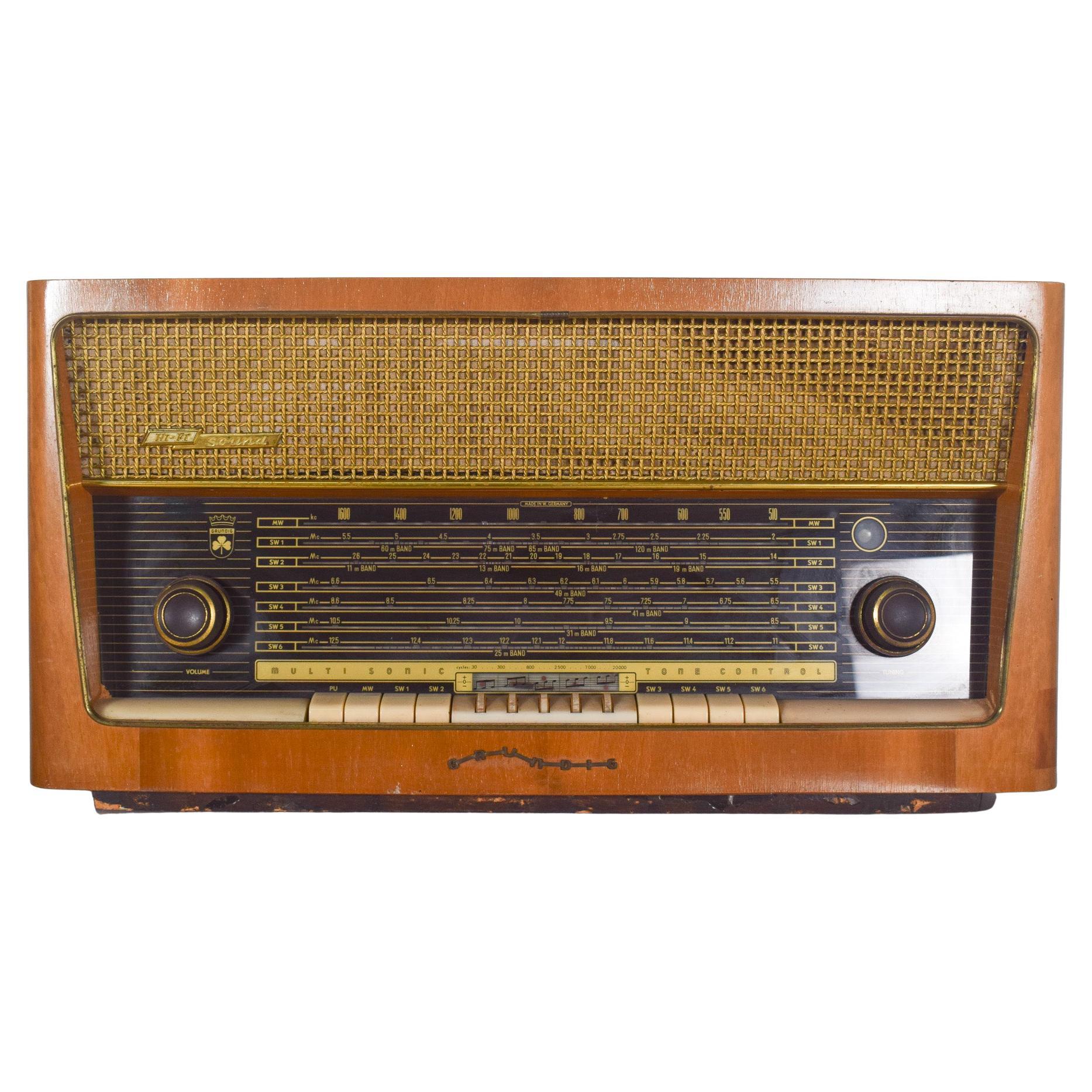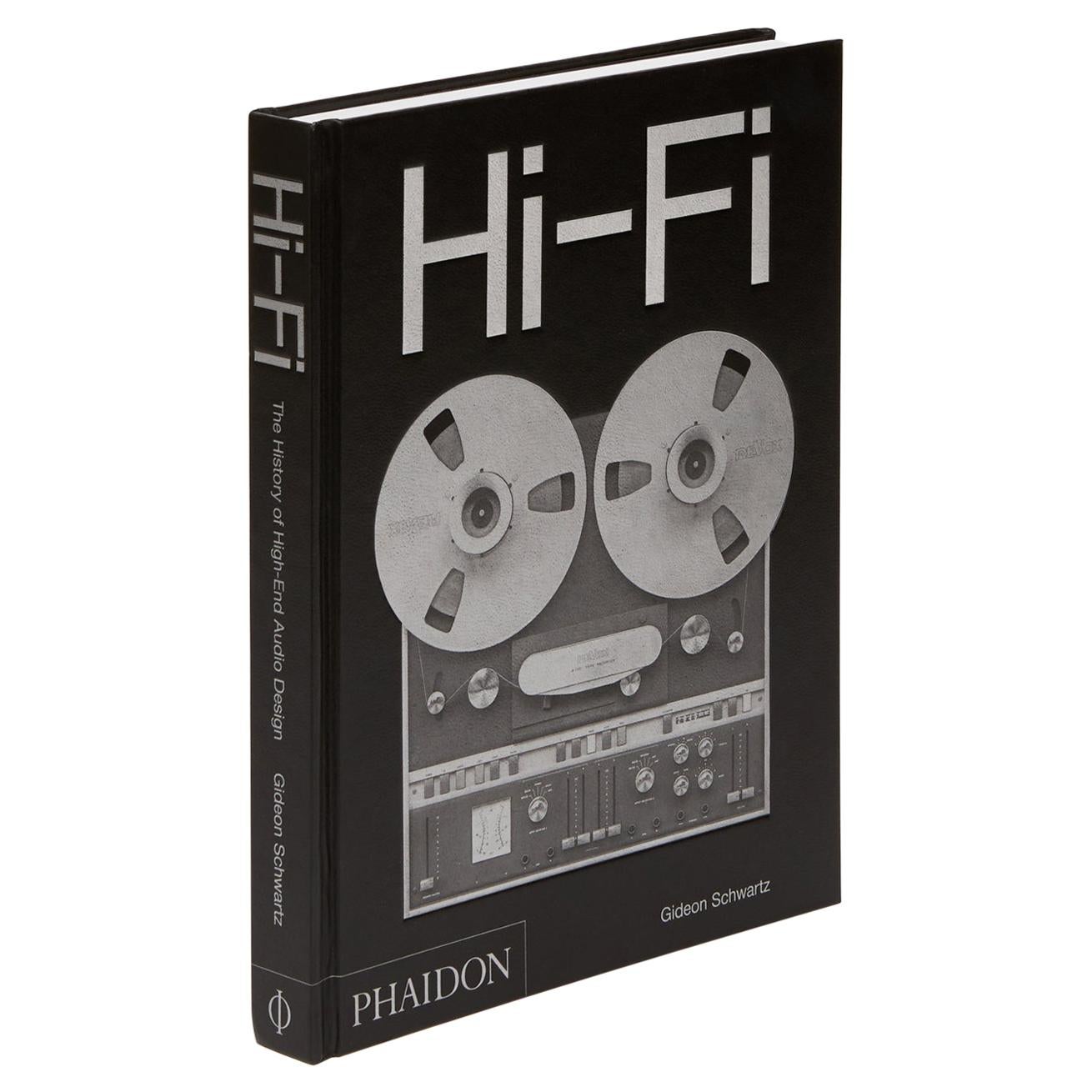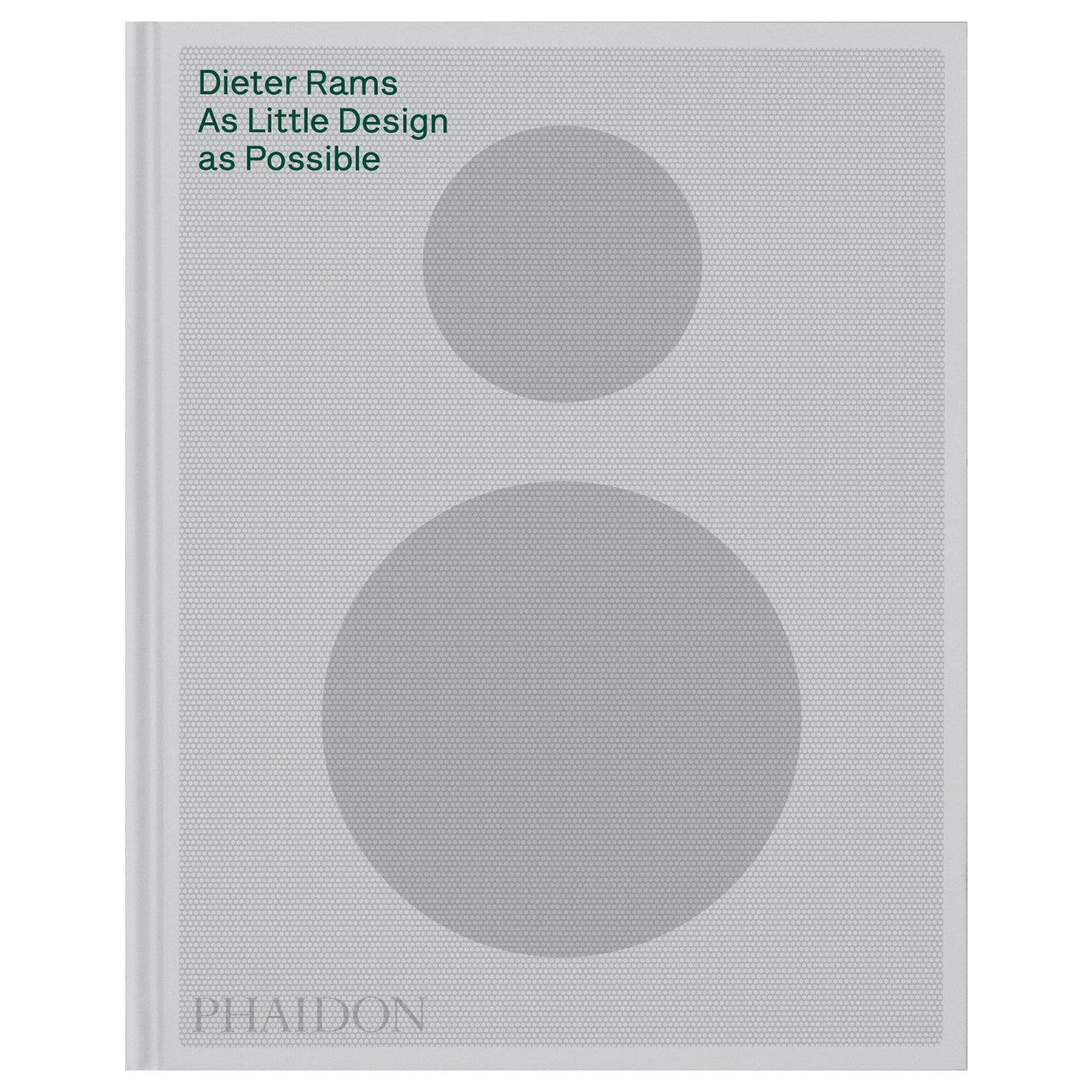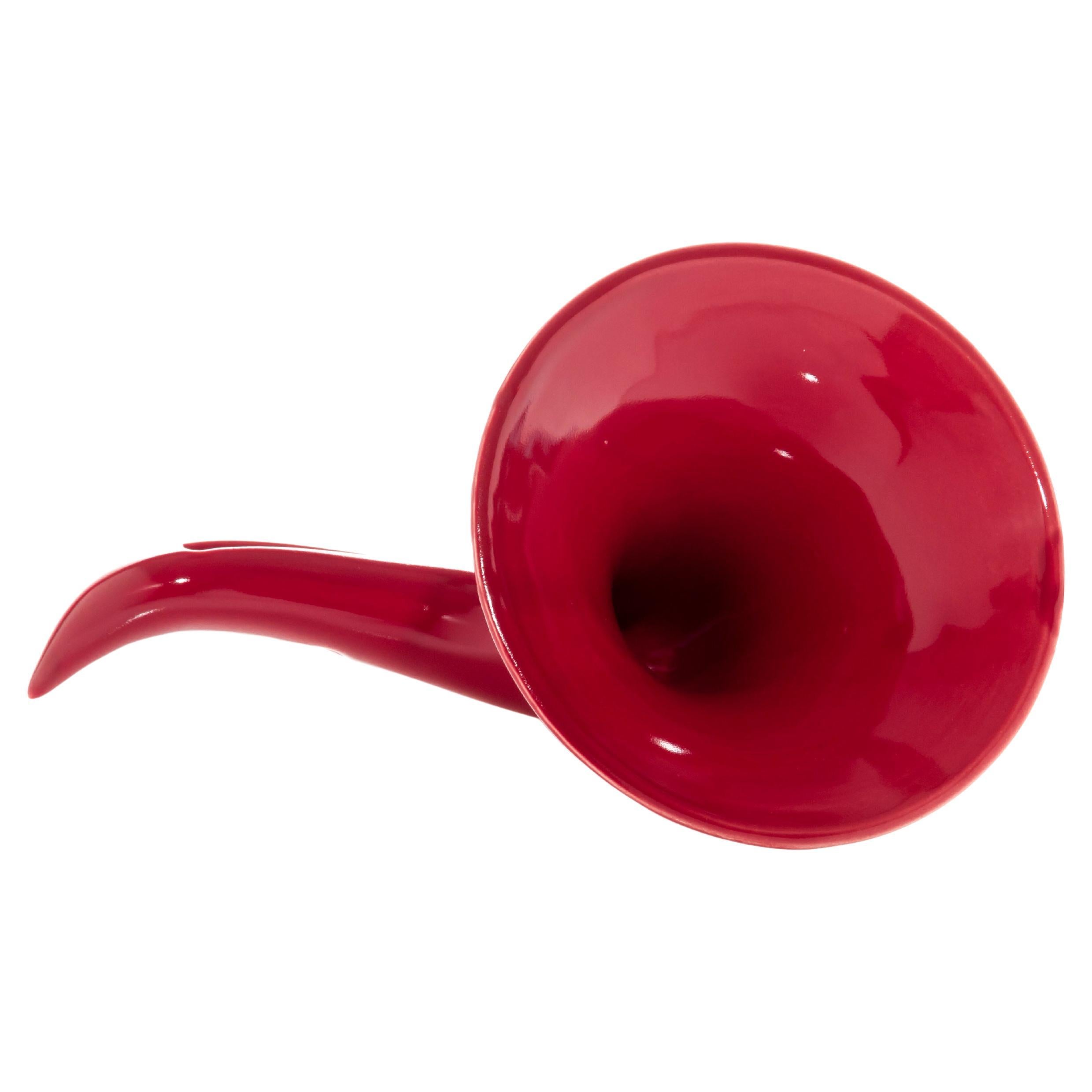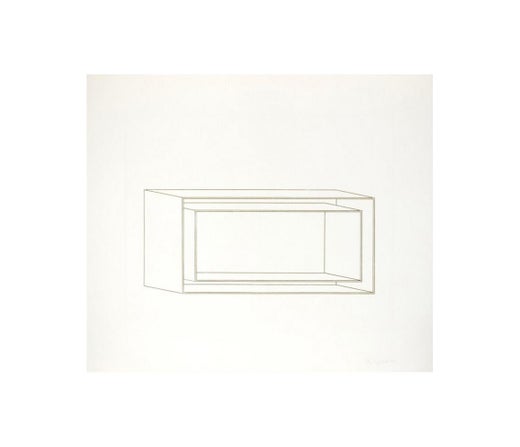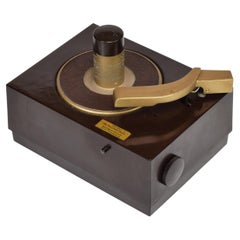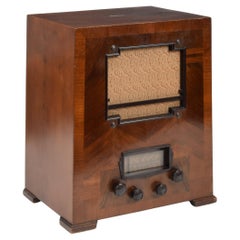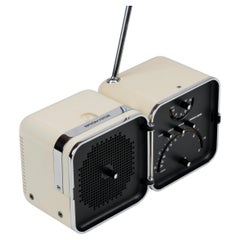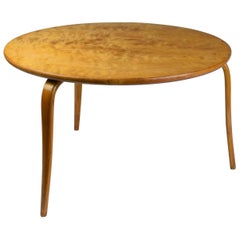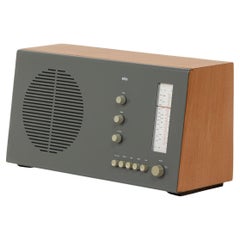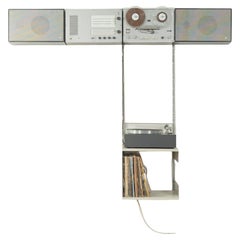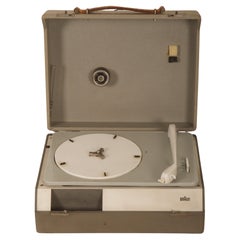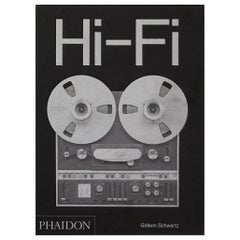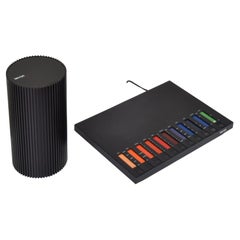
LECSON AP1 Power Amplifier and AC1 Pre-Amp, hi-fi quad 33/303 braun dieter rams
View Similar Items
LECSON AP1 Power Amplifier and AC1 Pre-Amp, hi-fi quad 33/303 braun dieter rams
About the Item
- Creator:Donald Judd (Designer)
- Dimensions:Height: 1.66 in (4.2 cm)Width: 14.34 in (36.4 cm)Depth: 10.4 in (26.4 cm)
- Style:Minimalist (Of the Period)
- Materials and Techniques:
- Place of Origin:
- Period:1980-1989
- Date of Manufacture:c. 1980
- Condition:Wear consistent with age and use. Fully tested and serviced by our specialist audio engineer.
- Seller Location:London, GB
- Reference Number:1stDibs: LU1628238169952
Donald Judd
Many consider Donald Judd one of the most influential artists of the 20th century. Three decades after death, his ideas still hold a strong influence in the fields of architecture, interior design, criticism and art.
Judd was the voice of minimalism, rejecting through his art expressions of metaphysical and metaphorical symbolism. He sought to convey the literal, physical characteristics of each project he worked on. Judd's fascination with hard-edged imagery — especially squares and boxes — is prevalent through many of his sculptures, prints and paintings, and perfectly expresses his pragmatic artistic vision.
Even though he was a minimalist in practice, Judd appreciated various forms and styles of art, with a special fondness for Abstract Expressionism. He spent many years writing as an art critic and spoke extensively on behalf of artist culture.
Born in Excelsior Springs, Missouri, Judd joined the U.S. Army in 1946 and served in Korea until 1947. After returning home, he attended Columbia University, where he studied art history and philosophy while concurrently painting at the Art Students League.
Judd continued to paint until the early 1960s, when he abandoned the practice entirely in favor of sculpture. He found painting to be too illusionary and preferred the tactility of working in three dimensions.
As a strong proponent for art permanency, Judd purchased and refurbished many properties in Manhattan from the 1970s to the 1990s — primarily for the purpose of providing space to permanently hold and display his work and that of his colleagues. He obtained buildings throughout the downtown Cast Iron District. Other artists with the means to do so followed suit and helped develop the area, which is now known as SoHo — world-famous for cultivating artistic culture. Judd headed other political actions aimed at fostering artistic community and maintaining a healthy environment throughout New York City, especially in Manhattan.
In 1981, Judd moved with his wife, Julie Finch, to Marfa, Texas, where they established the Chinati Foundation. The 340-acre foundation site holds many of his own permanent installations and those of a number of his contemporaries, including American artists Dan Flavin, Carl Andre and John Wesley, as well as Russian artist Ilya Kabakov and many others.
Judd died from lymphoma in 1994, but a magnificent body of his work remains for all to relish for generations to come.
On 1stDibs, find a selection of Donald Judd abstract prints, interior prints and sculptures.
More From This Seller
View AllMid-20th Century British Mid-Century Modern Musical Instruments
Bakelite
Early 20th Century British Art Deco Musical Instruments
Metal
Vintage 1960s Italian Mid-Century Modern Musical Instruments
Plastic
Vintage 1930s Swedish Mid-Century Modern Coffee and Cocktail Tables
Birch
Mid-20th Century Danish Mid-Century Modern Candelabras
Metal
Vintage 1930s British Mid-Century Modern Desks
Wood, Walnut
You May Also Like
Vintage 1960s German Mid-Century Modern Musical Instruments
Wood
Vintage 1960s German Mid-Century Modern Musical Instruments
Aluminum
Vintage 1950s German Mid-Century Modern Musical Instruments
Steel
21st Century and Contemporary Books
Paper
Mid-20th Century German Minimalist Musical Instruments
Metal, Aluminum, Enamel
Vintage 1960s German Bauhaus Musical Instruments
Metal, Aluminum
